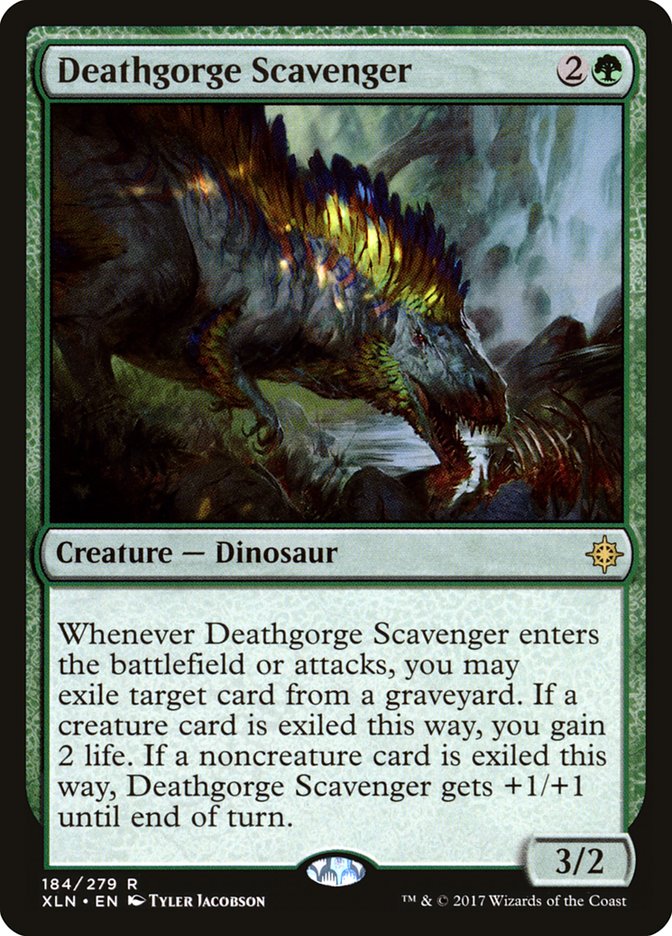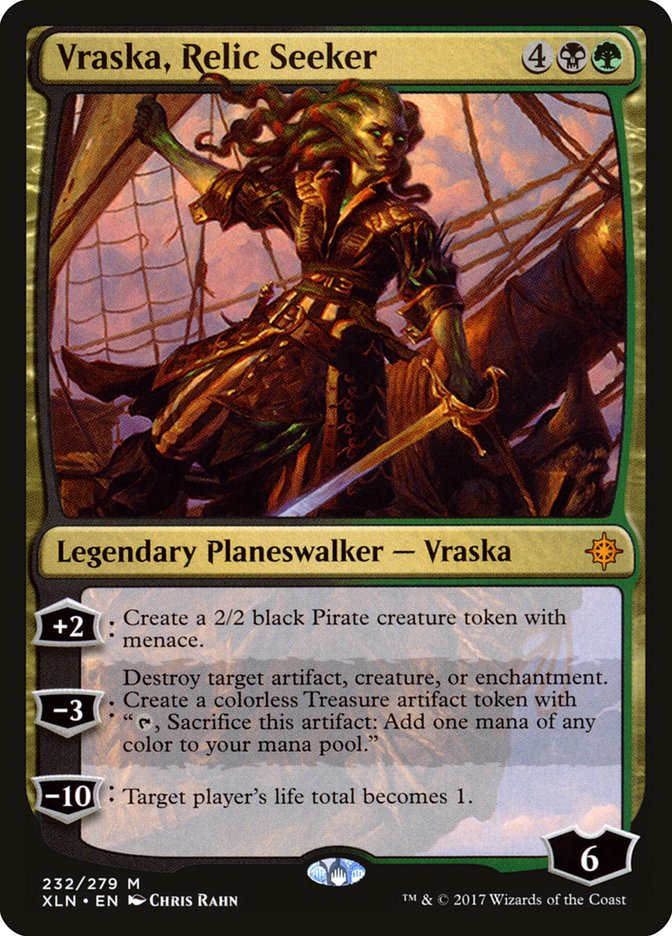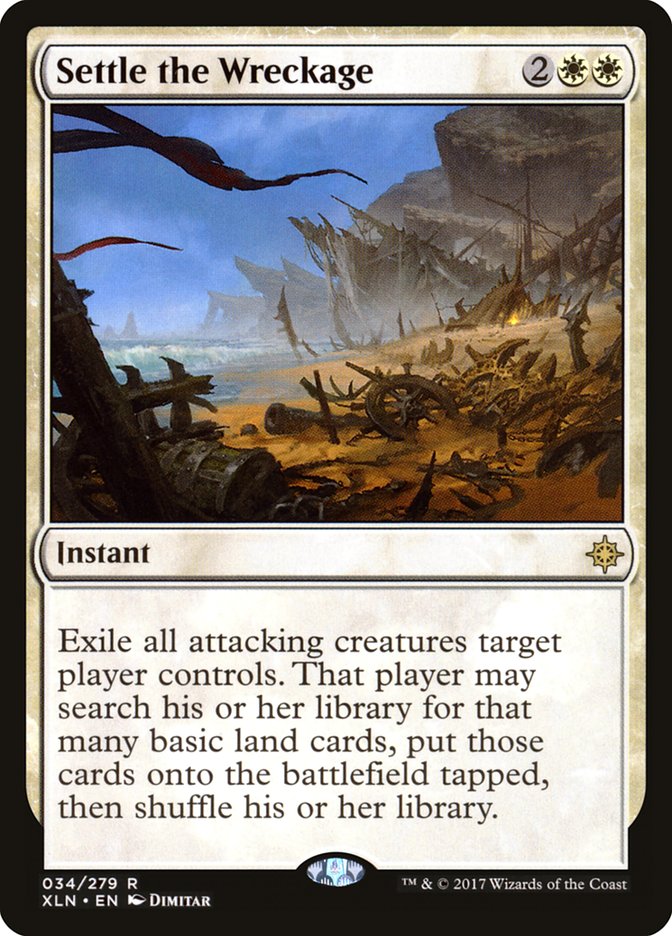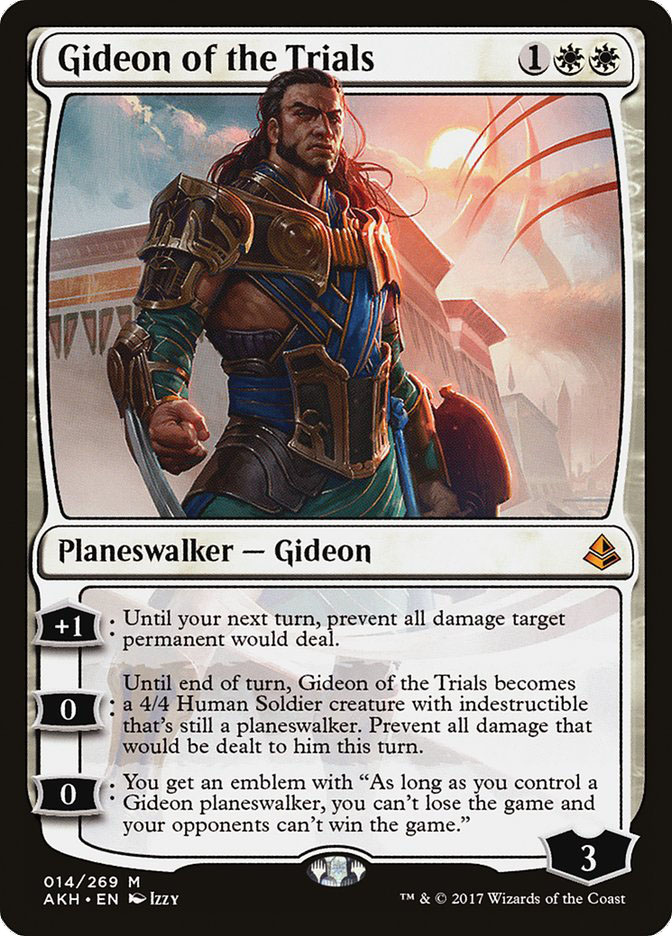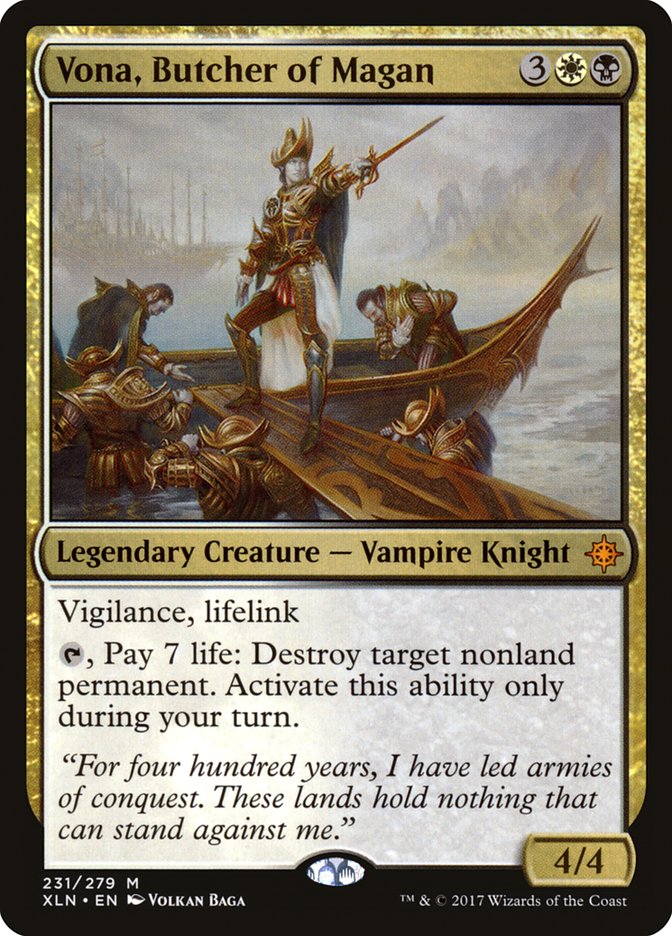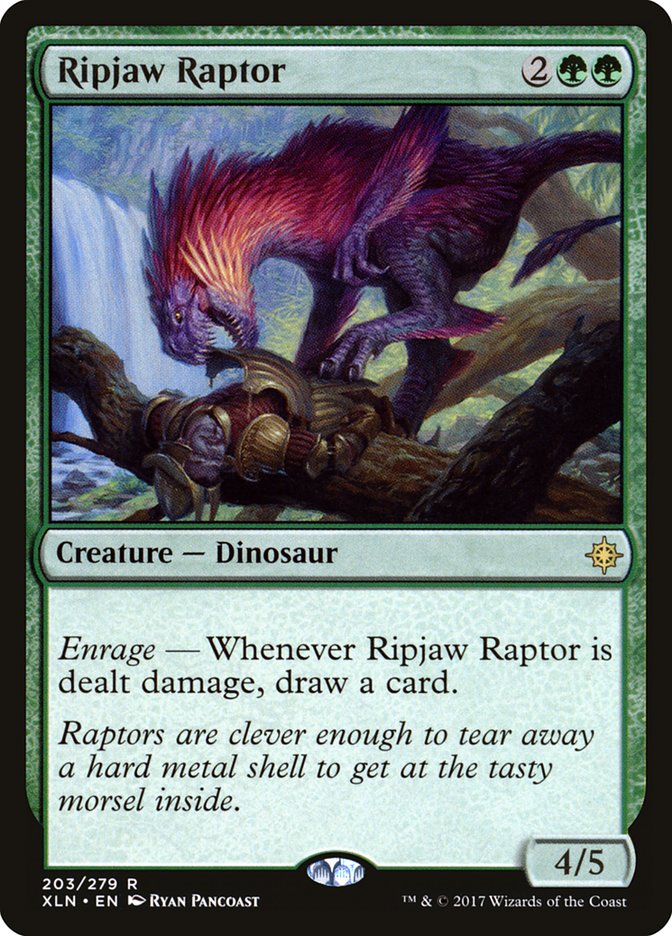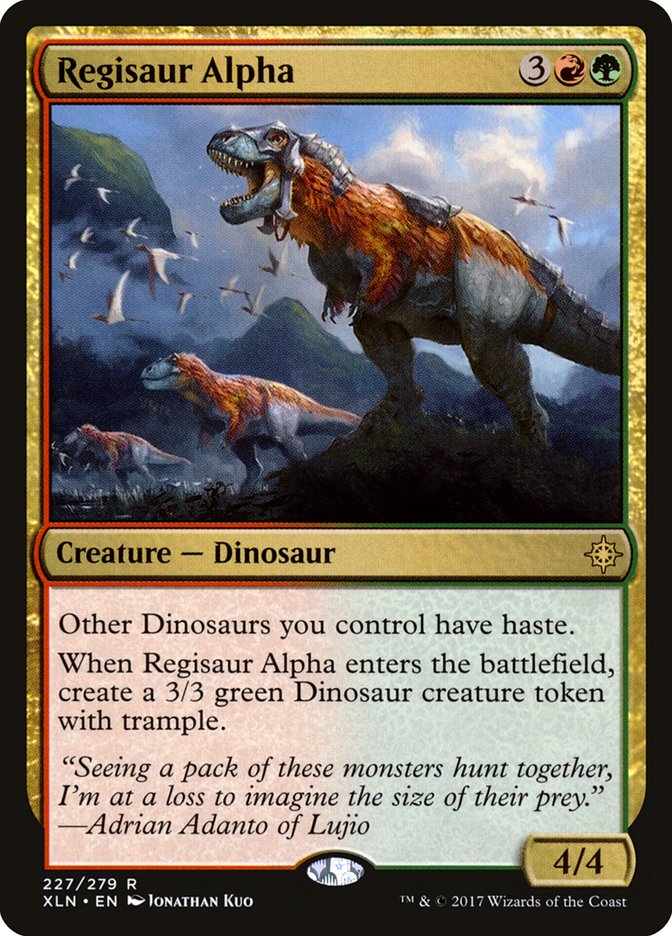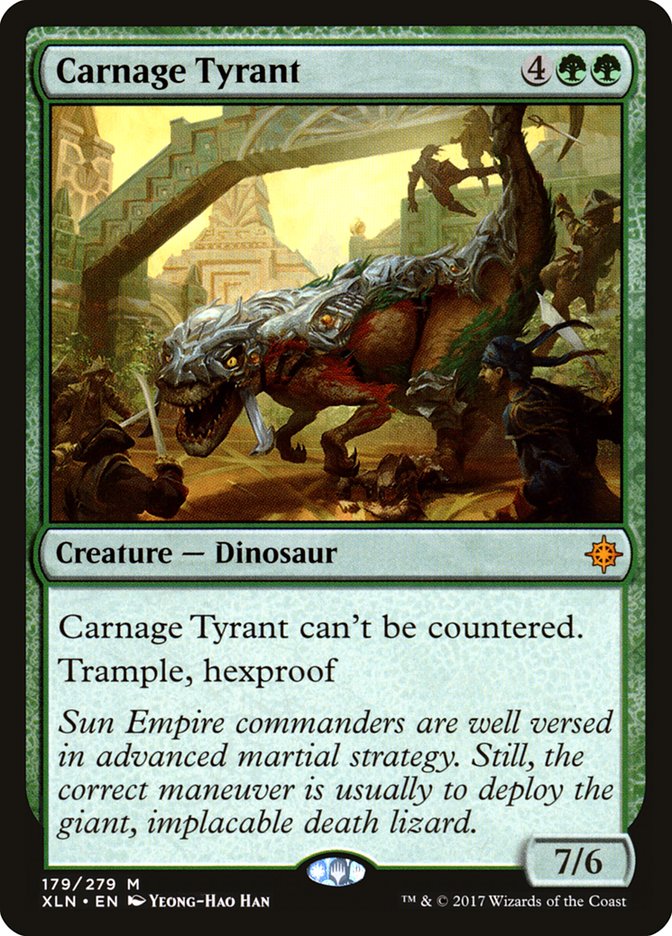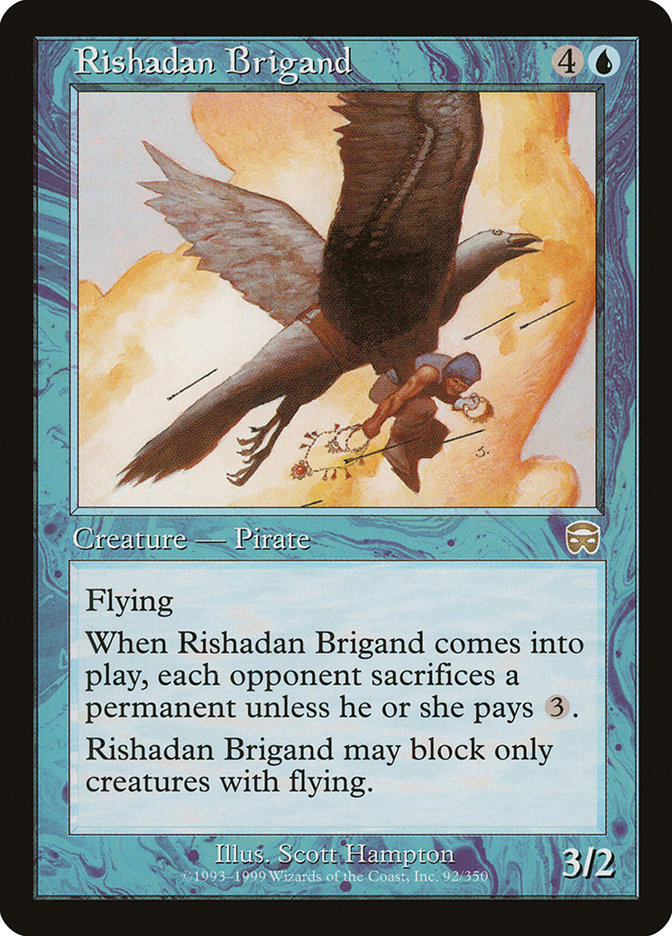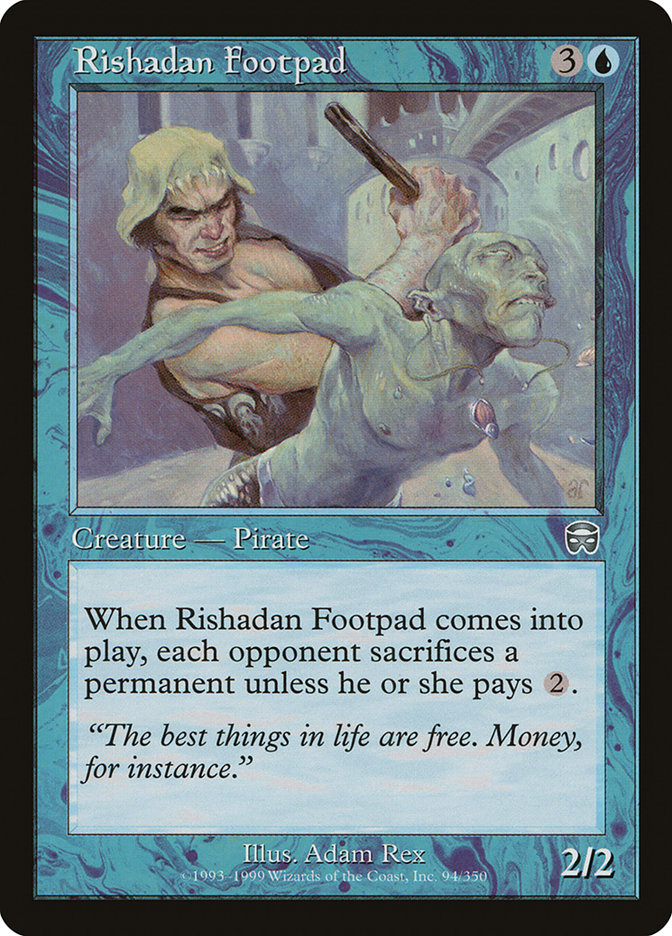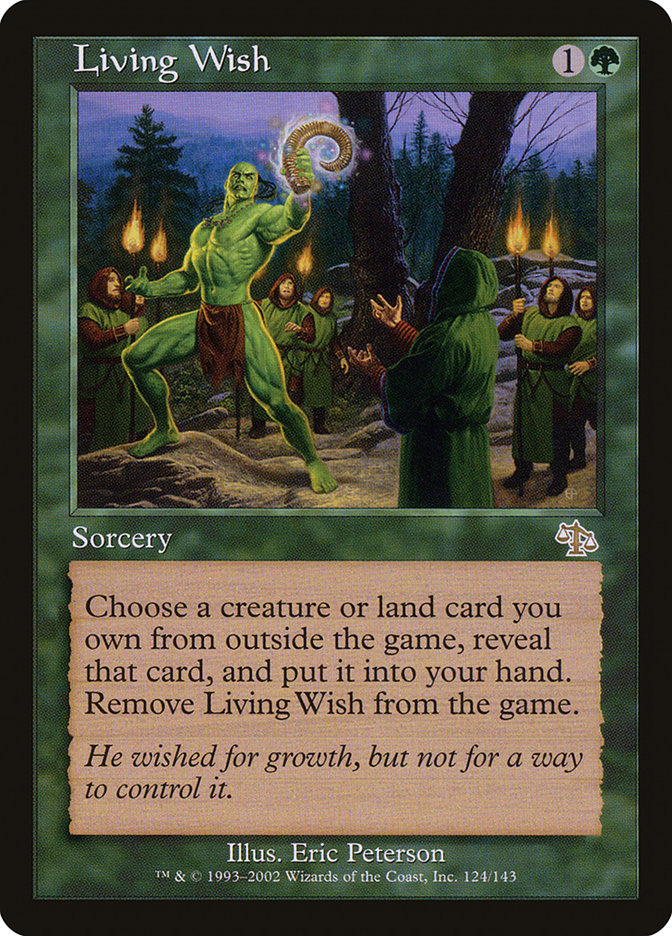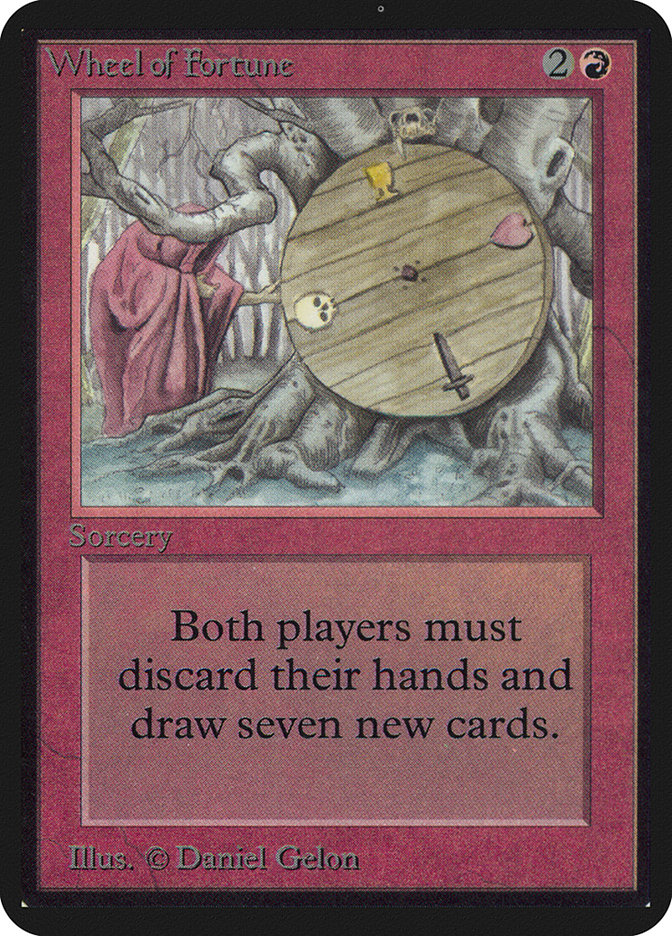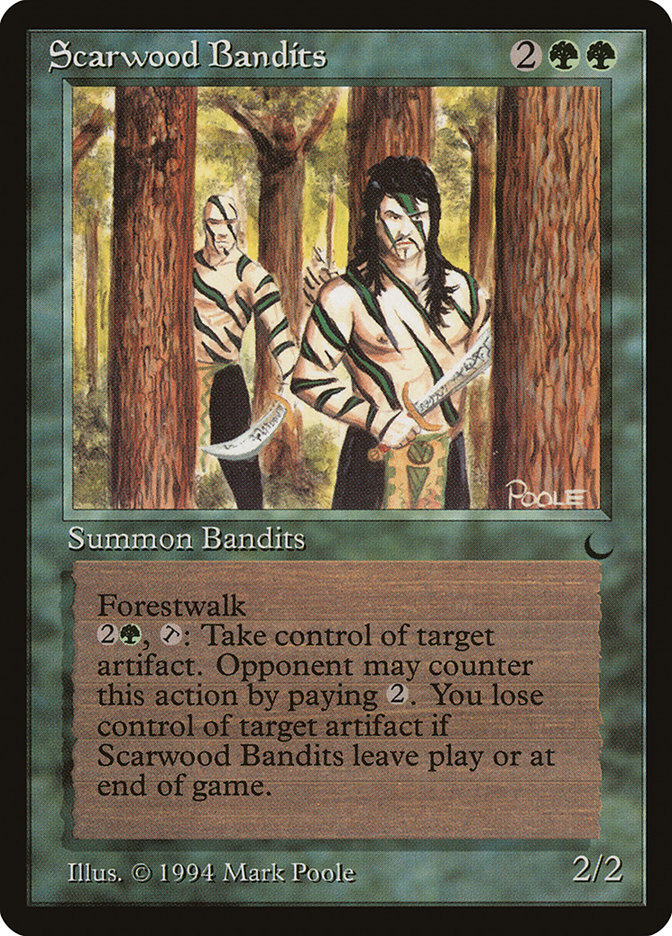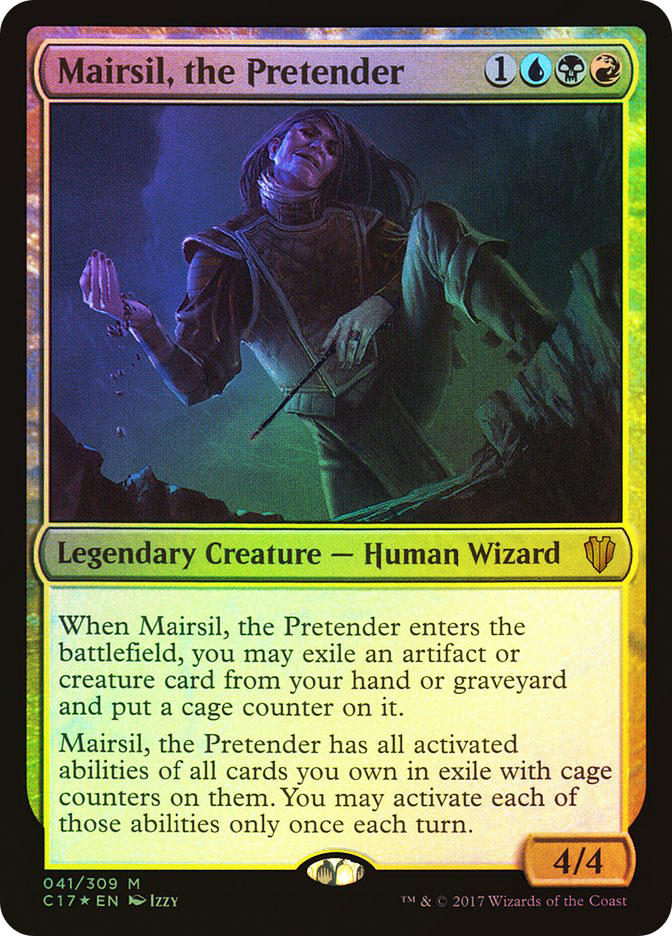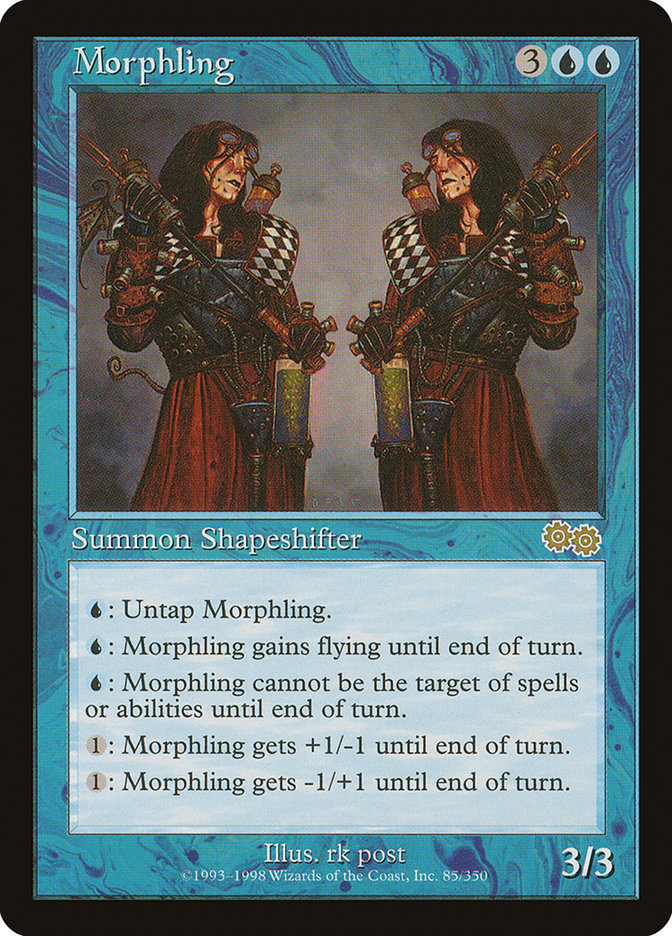Week 1 of a new Standard format is always weird.
On the one hand, everybody seems willing to acknowledge that this is probably the least-predictive week of the season in terms of analyzing the metagame. Many players will show up with modified old decks that ultimately won’t survive. Others will bring hot new brews that will end up proving too slow or too inconsistent. Aggro strategies tend to perform better than usual because they can punish all of these players. Control strategies tend to be worse, since they don’t have as much of an idea of what needs to be fought against. The best interactions in the format probably aren’t known yet. Emrakul, the Promised End didn’t do much on Week 1 of Eldritch Moon Standard. Aetherworks Marvel and Saheeli Combo didn’t dominate until later on, either.
On the other hand, we finally have some real data on how these new cards perform in the heat of battle. It’s like the Iowa Caucus in U.S. politics—we tend to read more into the results than we should, but the results do matter. It meant something when the much-hyped Zombies deck was a no-show on Week 1 of Shadows over Innistrad standard. It also meant something when future staples like Smuggler’s Copter and Walking Ballista proved their power right away.
Financially, Week 1 tends to move the needle pretty significantly on a whole bunch of cards. This is especially true when there’s a brand-new deck that captures the imagination of the community. As always, the important thing here is not to overreact. Here are my five rules of thumb for Week 1 finance:
1. Understand that aggro decks and weird or fragile combo decks have a distinct advantage in Week 1. These are the sort of strategies that can prey on an uncertain metagame but are harder to win with once people know what you’re up to.
2. See if there’s an interesting control deck or two kicking around just below the Top 8. These decks can break through once the format becomes more defined.
3. Be on the lookout for new cards that are showing up in multiple different decks, like Tireless Tracker and Walking Ballista. These tend to be the $10-$20 staple rares, and you’ll want to jump on them swiftly.
4. Pay attention to “simple” decks that don’t show up: aggro, mid-range, tribal, etc. strategies that were hyped up during the pre-order period. These are the decks at the biggest risk of busting out completely, because there’s only so much tweaking that can be done to reach an optimal 75.
5. Don’t forget to pay attention to the established decks that are still proving their worth. These decks aren’t as exciting as the new brews, but they’re more likely to remain good going forward because they’ve got an established track record of success.
With all of that out of the way, let’s take a look at some of the key decks from SCG Dallas:
Creatures (23)
- 4 Bomat Courier
- 3 Kari Zev, Skyship Raider
- 4 Hazoret the Fervent
- 4 Ahn-Crop Crasher
- 4 Soul-Scar Mage
- 4 Earthshaker Khenra
Planeswalkers (1)
Lands (24)
Spells (12)
Sideboard

It shouldn’t come as much of a surprise that Ramunap Red made up more than a quarter of the field on Day 2. As I said, aggro decks are the safe choice on Week 1 and Ramunap Red didn’t lose much at rotation. I don’t think Ramunap Red is a tier above the rest of the field or anything—it didn’t really do all that well on Day 2—but it’ll continue to remain a solid choice going forward. Heck, it even gets to play Lightning Strike now!
If a lot of players at your local shop play Ramunap Red, there’s likely to be some demand for the new sideboard cards that showed up in Dallas, like Vance’s Blasting Cannons and Rampaging Ferocidon. Neither cards is likely to see significant short-term gains—heck, they weren’t even in the Top 8 sideboard—but they should at least hold their value going forward. I feel like all the transform cards are going to maintain a decent amount of casual value, so you may want to snag a couple of copies of Vance’s Blasting Cannons while it’s still just $2.50.
Creatures (23)
- 4 Longtusk Cub
- 4 Bristling Hydra
- 3 Whirler Virtuoso
- 4 Servant of the Conduit
- 4 Rogue Refiner
- 2 Glorybringer
- 2 The Scarab God
Planeswalkers (1)
Lands (22)
Spells (14)

Oh, hey, another deck we already knew about! People always expect Week 1 of a new Standard metagame to look radically different from the last week of an old one, but the truth is that it really does take time for these things to evolve. I wish we’d seen more of Ixalan, but I expect that will change going forward.
At any rate, it’s worth taking a moment to talk about The Scarab God.
The card surged in price over the weekend, and the results from Dallas back that up. It’s one of the most important cards in several of the format’s best decks, and it looks every part the game-breaking mythic that we’ve seen it be in the past. In fact, it might even be better in the current metagame.
The Scarab God is sold out at $35 right now, and I don’t think it’ll be re-stocked under $40. Heck, I don’t think it’ll be dropping below $40 for at least a couple of weeks. Every Standard format has a stupidly expensive chase mythic, and it looks like The Scarab God is going to hold that mantle for the foreseeable future.
Creatures (27)
- 4 Longtusk Cub
- 4 Winding Constrictor
- 2 Rishkar, Peema Renegade
- 4 Glint-Sleeve Siphoner
- 4 Rogue Refiner
- 4 Walking Ballista
- 1 The Scarab God
- 4 Hostage Taker
Lands (21)
Spells (12)
Sideboard

This deck shares some similarities with Temur and Four-Color Energy, but it’s more like the old G/B Energy decks from last season’s Standard. The mana is better here than most of the other Energy variants, and I wouldn’t be surprised if this becomes a dominant archetype in its own right. It’s got a little less overall power than the Four-Color Energy builds, but it’s significantly faster.
First, let’s talk about Glint-Sleeve Siphoner. As of this writing, it’s still just $0.79 on StarCityGames.com with a bunch of copies in stock. I’m not sure why. Glint-Sleeve Siphoner is one of the main reasons why Sultai Energy uses black as a main color, and it’s going to be a four-of in this deck for a while—especially if slower decks like U/W Approach are real. I wouldn’t be surprised if it’s $3-$4 by the end of the week. Grab your set ASAP.
The most exciting card in Sultai Energy, however, is Hostage Taker. At $10 retail, there’s not much room left for speculators to make a profit, but make no mistake—this card is for real. If it’s not the best card in the set, it’s certainly in the top three. I wouldn’t be surprised if multiple top decks end up playing this card for months. If you’re a Standard player, start trading for your playset. This card could be $20 by tomorrow, and I could see it maintaining a $15+ price tag for weeks to come.
Speaking of Walking Ballista, I’m not surprised that there’s still a Walking Ballista / Winding Constrictor deck kicking around the top tables. This combo is still good, especially in the current metagame. Walking Ballista is $14 right now, and there might be a little short-term growth over the next couple of days.
Don’t sleep on Deathgorge Scavenger or Vraska, Relic Seeker in the sideboard, by the way. Neither seems like a slam-dunk buy at current prices, but it’s nice to see them show up here. I still like both cards long-term, and I wouldn’t be shocked if Vraska becomes a maindeck inclusion in the future depending on where the metagame goes next. Deathgorge Scavenger seems like the sort of card that could maintain a $5-$6 price tag based on sideboard play in multiple good decks.
Lands (25)
Spells (35)

Part of me worries that U/W Approach is a bit too gimmicky to maintain success, at least in its current form, but it sure didn’t seem that way over the weekend. This isn’t a pure control deck, but it’s not really a combo deck either—it’s kind of an interesting hybrid of both. Because of that, I suspect that this is going to be one of the most popular decks that people will be looking to build at your FNM next week.
One of U/W Approach’s best features is its dearth of rares and mythics. The maindeck only features Glacial Fortress ($4), Irrigated Farmland ($5), Disallow ($5), Settle the Wreckage ($5), Search for Azcanta ($7), Approach of the Second Sun ($1.50), and Fumigate ($3). Many of these rares are two-ofs, too. There’s still plenty of room for these cards to grow.
The jury’s still out on just how good Settle the Wreckage and Search for Azcanta actually are, but they were fairly polarizing during the pre-order period, so seeing them both performing well on Week 1 is a really important data point. I suspect that both cards will continue to prove themselves going forward, and I wouldn’t be surprised to see them find other Tier 1 homes as they continue to break out.
If you’re looking for good spec opportunities, Fumigate and Approach of the Second Sun are the best choices here. Both cards have tripled in value on Magic Online this weekend and are currently sold out on StarCityGames.com. I expect Approach to end up around $5 and Fumigate to hit $7 over the next couple of days.
I know it’s in the sideboard, but Torrential Gearhulk is a crucial part of this deck as well. The card has been slowly dropping for months now, and it’s possible that this is finally the deck that causes it to spike in price again. If you want to play control over the next couple of months, now is a good time to snag your copies.
Last, it’s worth noting that Gideon of the Trials is not in Jim Davis’s U/W Approach list. It’s been a two-of in this list’s stock form online, though, so it’s possible that the metagame will shift back toward Gideon in the future. If you’re building this deck, grab a few of these, too. Since the card sees play in Modern, there isn’t much risk here.
Creatures (26)
- 4 Angel of Invention
- 4 Minister of Inquiries
- 4 Walking Ballista
- 4 Champion of Wits
- 4 Hostage Taker
- 2 Vona, Butcher of Magan
- 4 Seekers' Squire
Lands (23)
Spells (11)
Sideboard

This is the latest variant of God-Pharaoh’s Gift. The older versions all ran red for Insolent Neonate, but there’s not much of a reason to stray into that color anymore. Instead, it’s dipping into black for a trio of new Ixalan cards: Hostage Taker, Seekers’ Squire, and Vona, Butcher of Magan.
I’ve talked about Hostage Taker already, and rest assured it’s just as awesome here. Seekers’ Squire is worth a paragraph, though. It looked awesome on camera all weekend, and I wouldn’t be surprised if it ends up being a multi-deck staple going forward. Large sets can maintain a couple of $2-$3 uncommons without much of a problem, and these are still readily available at $0.25. Grab a set ASAP.
Speaking of uncommons, Chart a Course also looked awesome this weekend. At $0.75, it looks like it might be able to do work in graveyard decks (that don’t want the Raid effect) and tempo decks (that do). Again, I wouldn’t go too deep here, but I’d grab a set at retail.
Vona, Butcher of Magan hasn’t budged in price despite being awesome in Esper Gift. This might not be a Tier 1 deck going forward, but it’s going to show up a lot at local shops because it’s a really cool brew. Vona is a mythic rare in a set that doesn’t have a lot of expensive mythics, so there’s room to grow here. It’s $7 now, and it could end up being a pretty stable $12-$15.
Last, Vraska’s Contempt is just a three-of sideboard card here, but it showed up as a role-player in almost all of the black-based decks. It’s not a flashy pick-up, but it’s going to be an important answer in the format going forward. I expect it to hold steady at $5.
What Didn’t Make The Cut
G/R Dinosaurs was the biggest no-show. The deck had been performing reasonably well on Magic Online in the days leading up to SCG Dallas, but few people played it and even fewer people won with it. This didn’t come as much of a surprise to some people with their pulse on the metagame—Gerry Thompson didn’t include Dinosaurs in his “decks to watch” article last week—but most casual observers were expecting Ripjaw Raptor, Regisaur Alpha, and Carnage Tyrant to break out.
I’m not sure that the Dinosaur dream is dead—and remember, we’ve got another set of Dinosaurs still to come—but this is starting to seem like a “Zombies in Shadows over Innistrad” situation, no? I wouldn’t be shocked if Dinosaurs shows up in force next week, or the week after, but I’m selling all my Dinos in the meantime. The risk of holding them all the way to zero is too real, and the upside just isn’t there right now.
I’m a little more bullish on Grixis Control, which just barely missed the Top 8 in Dallas. Like I said in my intro, true control decks often take a couple of weeks to really come together. The key cards in this brew are The Scarab God and Torrential Gearhulk, though, and it’s not like those cards aren’t already seeing play. It’s yet another reason why those cards will remain pricey and relevant going forward, I suppose.
This Week’s Trends
The biggest news of the week (non-Standard division) belongs to the mysterious new deck that’s been making waves in Legacy Leagues on Magic Online. It’s called Pirate Stompy (or sometimes Popeye Stompy) and there were rumors toward the beginning of last week that its creator had been winning the first four matches of each League before deliberately dropping the fifth in order to prevent WotC from publishing the list on their website. Since then, there have been tons of rumors and conjecture. I’ve seen dozens of lists, but they’ve all been third party recreations so far. This is the best I’ve found, courtesy of Katie Bates and Nate Golia:
Creatures (18)
Lands (20)
Spells (22)

It’s worth noting that this list differs pretty significantly from some of the early rumors. One other list I saw included both Sea Drake and Serendib Efreet. Another included Deadeye Quartermaster. Yet another featured the Parallax Tide / Hoodwink combo. The team behind the deck had been trying to hide it in advance of Eternal Weekend, but at this point the cat is firmly out of the bag. The latest I’ve heard is that Bob Huang is going to publish an article about the deck at some point this week, so we should know the real list pretty soon.
In the meantime, a few of these weird old cards spiked pretty hard. Rishadan Brigand jumped from bulk to $20. Rishadan Footpad, an uncommon, is up to $11. Even Parallax Tide has gained a couple of bucks.
These are pretty decent pickups on Magic Online, where the gains haven’t been as significant and people like to screw around with weird new Legacy decks whether they’re good or not, but I’m selling all of my paper copies. I’m not convinced that this deck is actually good—heck, I’m not even convinced it contains all the cards we think it does—and getting $20 for an ancient bulk rare is too good an opportunity to pass up. Fish these silly old Pirates out of your bulk and sell them ASAP.
Living Wish was the other main Legacy spike of the week, more than doubling in price after Eli Kassis won EE7, the latest Eternal Extravaganza, with a Turbo Depths list featuring four copies of the card. This is pretty sweet tech, and I wouldn’t be surprised to see it continue on as a four-of in that deck. I’d be skeptical if Living Wish spiked to $50 or something, but the card is still under $10 and it’s not likely to be reprinted any time soon, if ever. Legacy mages should grab a set soon.
There were a couple of Reserved List spikes this week as well: Wheel of Fortune and Scarwood Bandits doubled in price over the past couple of days. Wheel of Fortune was a coordinated buyout, but it’s also a really good card, so I doubt it’ll be dropping below $100 any time soon. Scarwood Bandits should drop off more, since it doesn’t actually see much casual play, but as with all of these Old School spikes, it probably won’t be coming back down to its old price point. Regardless, feel free to sell these into the hype…assuming you can actually find a buyer.
Mairsil, the Pretender has fast become a new favorite of the Commander community. Morphling doubled in price this week—not because of random Reserved List buyout shenanigans, but because it’s really good with Mairsil. Hateflayer doubled in price for the same reason. There aren’t a ton of other good buying opportunities here, but Shauku, Endbringer; Aetherling; Thousand-Year Elixir; and Quicksilver Elemental all seem somewhat interesting.
Last, it looks like Alpha and Beta cards are the new target of choice by the Old School buyout folks. A bunch of Alpha and Beta cards are on the move this week, including cards like Hypnotic Specter, Red Elemental Blast, and Sol Ring. Don’t expect these to move as fast or as high as some of the other spikes—they’ve all spiked multiple times before, so this is nothing new. If you’re not a high-end collector with a ton of cash, you can ignore this movement for now.





